#lauren gregory
Explore tagged Tumblr posts
Text






The Legend of Ben Hall (2016), dir. Matthew Holmes.
#the legend of ben hall#jack martin#jamie coffa#callan mcauliffe#william lee#lauren gregory#tw guns#tw hanging#these gifs dont match but i dont care. be nice to me#australian cinema#ausfilm#australian film#my edits#gifs#bushrangers#filmedit
7 notes
·
View notes
Text


my parents
#house md#gilmore girls#house md fandom#gregory house#lorelai gilmore#rory gilmore#lauren graham#emily gilmore#luke x lorelai#lane kim#james wilson#house md fanfiction#greg house#hatecrimes md#malpractice md#medical malpractice md#hilson#luke and lorelai#richard gilmore#stars hollow#luke danes#house x wilson#hate crimes md#house x cuddy#eric foreman#remy thirteen hadley#miss patty#jess mariano#paris geller#robert chase
283 notes
·
View notes
Text



GREGORY PECK as Mike Hagen LAUREN BACALL as Marilla Brown DESIGNING WOMAN (dir. Vincente Minnelli)
Bonus:


#gregory peck#lauren bacall#designing woman#designing woman 1957#classichollywoodedit#classicfilmsource#cinemaspast#romancegifs#moviegifs#oldhollywoodedit#old hollywood#classic film#classicfilmblr#classic hollywood#1950s#1950s movies#doyouevenfilm#romcom#romcomedit#this film is sooo good and these two play of each other so well!#it feels so modern at times as well - there's 4th wall breaking and then lauren's sassy little attitude feels so now xD
72 notes
·
View notes
Text


our enhanced and colorized photo of Lauren Bacall and Gregory Peck in Designing Woman (1957)
#designing woman#lauren bacall#gregory peck#vintage#classic film stars#classic hollywood#old hollywood#1950s movies#colorized#photo enhancement
20 notes
·
View notes
Text
Just made a(n unfinished) biblically accurate lams playlist!!
#there we go fellas#im gonna blast this on a comically large speaker outside of gregory d. massey's house#historical lams#lams#john laurens#alexander hamilton#Spotify
64 notes
·
View notes
Text

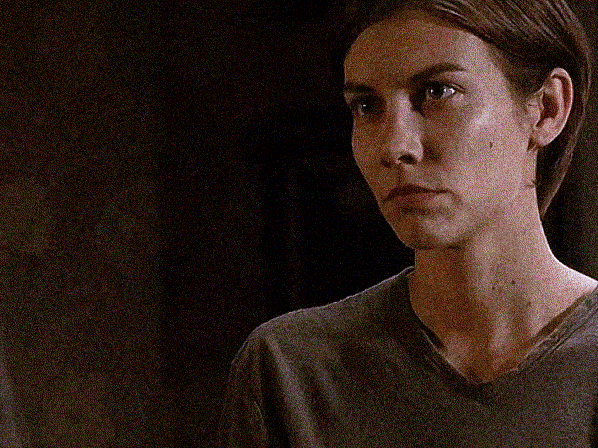

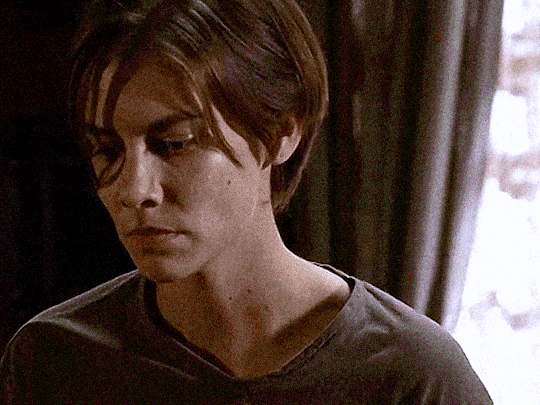
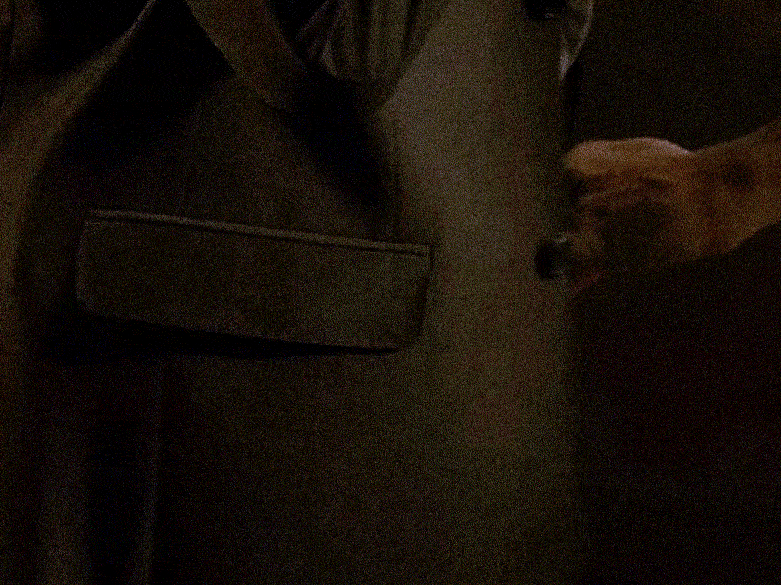




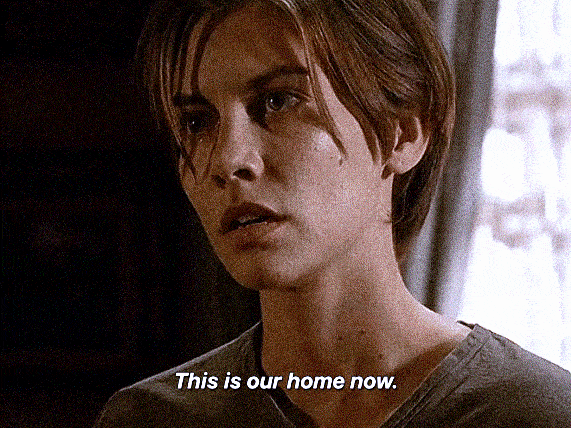




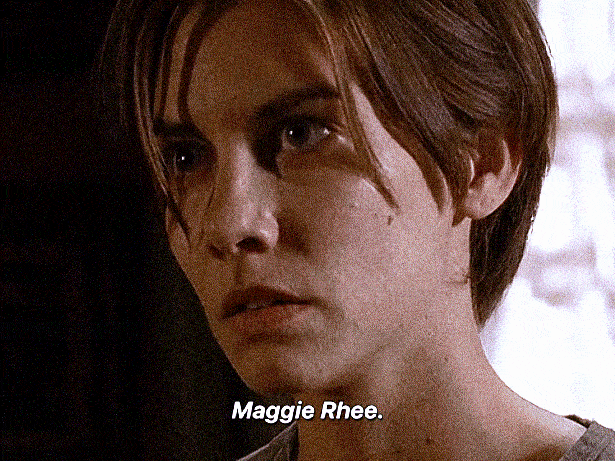
MAGGIE RHEE AND GREGORY IN THE WALKING DEAD | 7.05 “Go Getters”
#maggie rhee#maggierheeedit#maggie greene#lauren cohan#gregory twd#twd#twdedit#thewalkingdeadedit#the walking dead#7.05#my gifs#queue are lovely#*mygifs#*gifs#*#twddaily#dailytwd#twdladiesdaily#ladiesofcinema#dailywomansource#dailytvwomen#femalegifsource#femaledaily#femalecharacters#bblecher#dailyfilmsource#dailyfilmandtv#dailyflicks#dailytvsource#get his ass
100 notes
·
View notes
Text

Lauren Bacall and Gregory Peck during the filming of Designing Woman (1957)
#lauren bacall#gregory peck#50s movies#cinema#aesthetic#vintage#old school cool#style#beauty#50s icons#luxury lifestyle#pool time#50s hollywood
63 notes
·
View notes
Text

33 notes
·
View notes
Text






kyliejenner: @drinksprinter & friends 💙
#kylie jenner#yris palmer#carter gregory#anastasia karanikolaou#lauren perez#khloe kardashian#heather sanders#kylieandanastasia#kylieandkhloe#sprinter#2024
24 notes
·
View notes
Text










1957 Gregory Peck is a reporter, Lauren Bacall is a fashion designer, can this marriage be saved?
11 notes
·
View notes
Text





A pug and a poodle in Designing Woman (1957)
#dogs#animals in old movies#animals in old films#animals#black and white#cinema#films#old hollywood#1950s#1950s movies#lauren bacall#gregory peck#poodles#pugs#dolores gray#tom helmore#designing woman 1957
66 notes
·
View notes
Text
oh man i need to draw lams again
#i WOULD make a house md crossover au....#but..#no no#i musnt#thou shant be prepared for Laurens as Dr Gregory House#or dare i say Hamilton as Dr James Wilson !#dolirants
13 notes
·
View notes
Photo

HAPPY CO-STARS: Gregory Peck and Lauren Bacall are together in the MGM comedy, Designing Woman, which is all about the romance of a sports writer and a fashion designer and which previewers boost as the funniest film of the year.
62 notes
·
View notes
Text

Lauren Bacall and Gregory Peck in Designing Woman
16 notes
·
View notes





